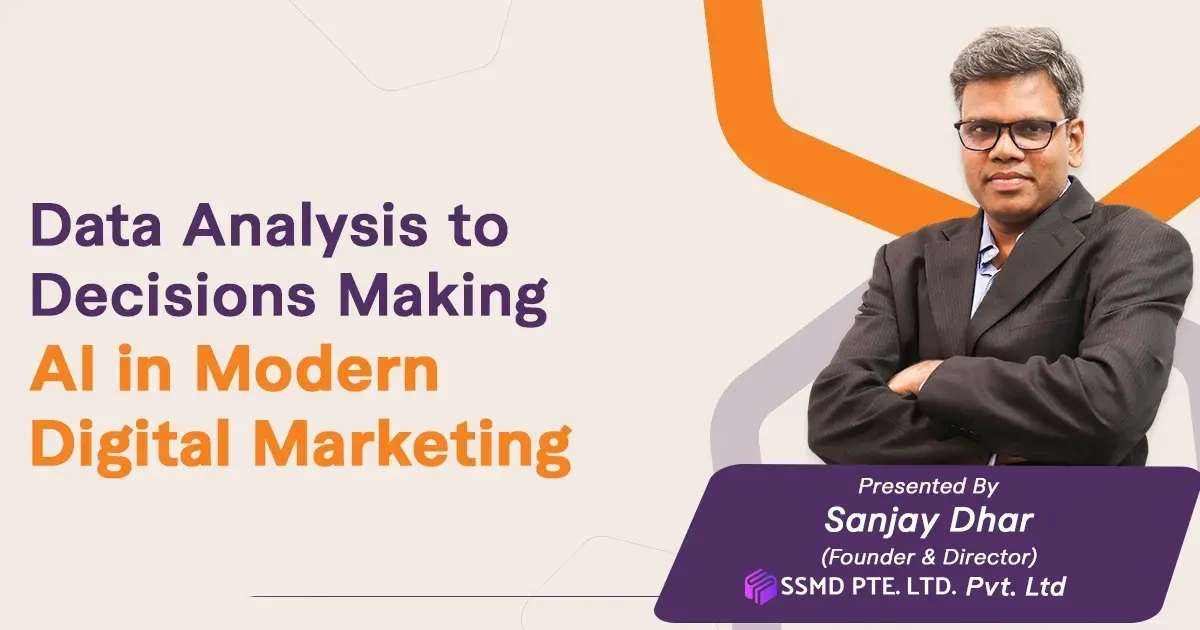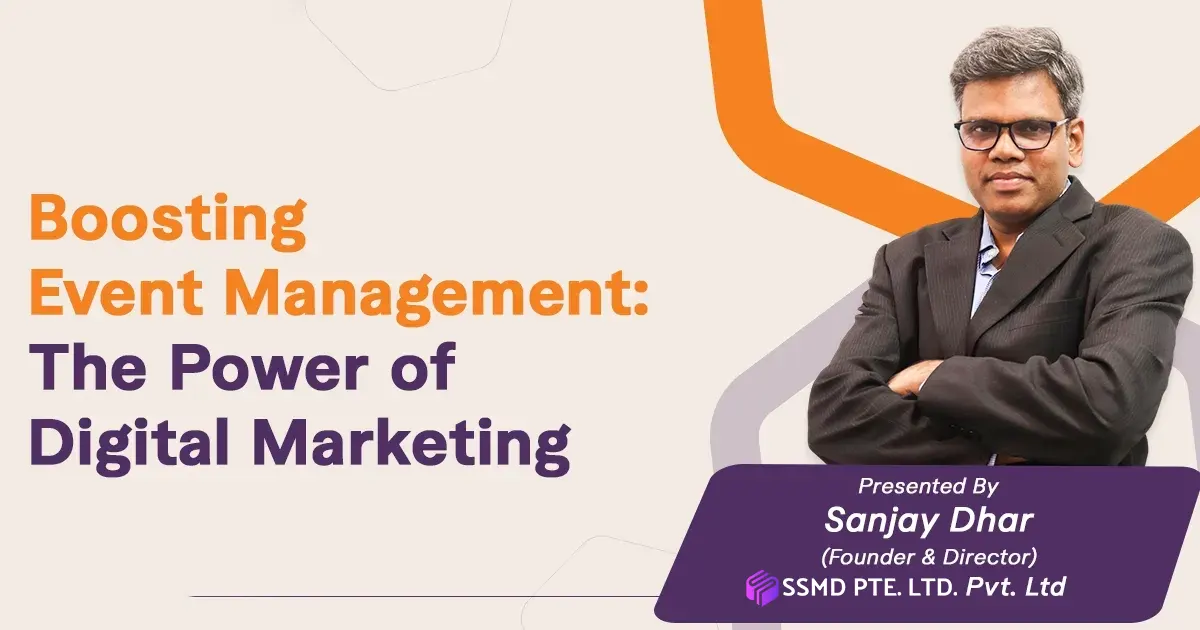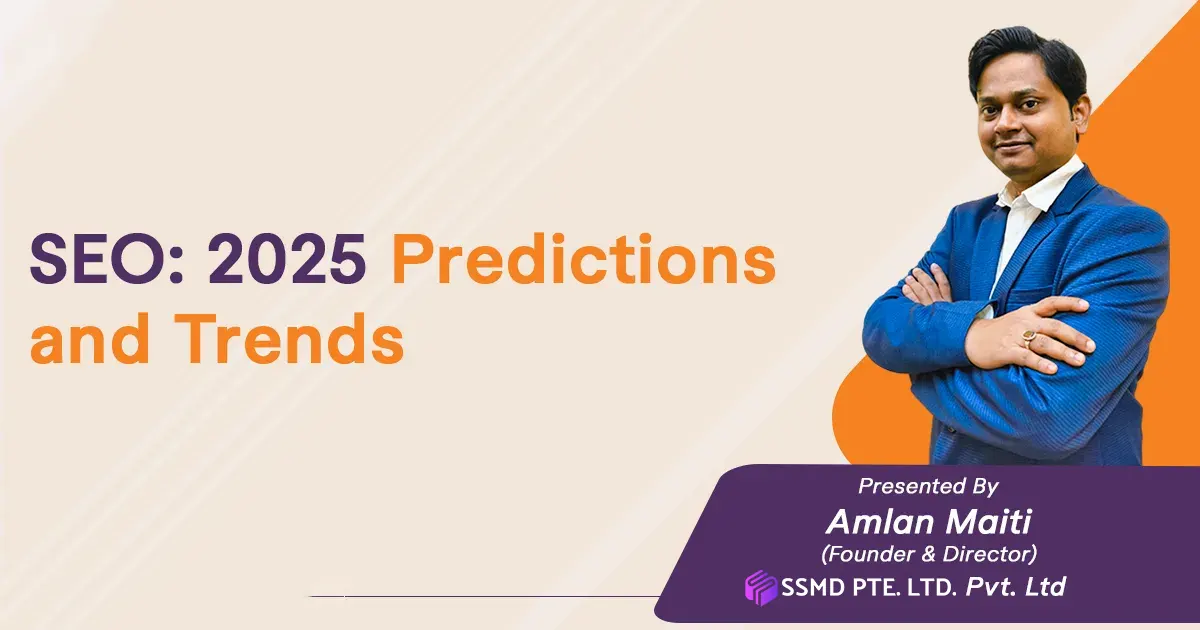Future SEO Trends
Future SEO Trends That May Gain Prominence in The Time to Come
Everyone has an interest in the future. Future SEO Trends are as unpredictable as Google’s algorithm changes. We’ll look at some prospective future SEO Trends now.
SEO has come a long way in the past decade. But one thing is certain: the latest trends are always changing, and it’s important to stay on top of these shifts to succeed with your internet marketing strategies.
In 2022, the latest trends in SEO will be shaped by the latest developments in Artificial Intelligence and machine learning.
In this blog post, we have listed the latest trends you should keep an eye on if you want to succeed in SEO. These include artificial intelligence, blockchain technology, big data analytics, etc.
Quick Overview
- Artificial intelligence
- Blockchain Technology
- Big Data Analytics
- Machine Learning
- User-friendliness
- Recycling Old Content
- Voice searches
- Google’s EAT
- Semantically-Obtained Keywords
- Videos
- Articles Length
- Core Web Vitals
- Website Information Architecture
- Structured Data
- Passage Indexing
- User and the Intent to Search
- Multitask United Model or MUM
- Language Model for Dialogue Applications (LaMDA)
- Conclusion of Future SEO Trends
Future SEO Trends 1:
Artificial intelligence
Artificial Intelligence Will Have A More Significant Influence On SEO.

In very straightforward terms, AI can be described as machines that can learn and make decisions for themselves. This could include anything from Google’s RankBrain algorithm, which uses machine learning to help rank pages based on search queries, to bots that can write articles or create videos autonomously.
As AI expertise continues to develop, we can expect it to have a bigger influence on SEO. In particular, it will be used more often for tasks such as keyword research, competitor analysis, and backlinking.
Google is already using AI in many ways to improve the user experience of its search engine. For example, RankBrain is used to interpret the intent of searchers and provide results that match their needs. As this technology develops, we can expect to see even more changes in the way Google ranks pages.
Future SEO Trends 2:
Blockchain Technology
SEO will be influenced by blockchain technology.
Blockchain is a distributed database that records every transaction made on it. This makes it a very secure system, as it’s almost impossible to hack.
As well as being used for cryptocurrencies such as Bitcoin and Ethereum, blockchain is starting to be used more and more in other industries such as marketing. For example, IBM has developed a platform called AdLedger which uses blockchain technology to prevent ad fraud.
Likely, SEO will also be influenced by blockchain technology in the future. Blockchain could be used to track links, create transparency around paid search results and even help with attribution tracking.
Future SEO Trends 3:
Big Data Analytics
For SEO, big data analytics will become more indispensable.
Big data is a term used to describe the large volume of data that is being generated by businesses and consumers. This data can be analyzed to reveal patterns and insights that can help with decision-making.
As more and more businesses start to use big data analytics, SEOs will need to start using this technology if they want to stay ahead of the competition. Big data analytics can be used for tasks such as competitor analysis, identifying new opportunities, and understanding user behavior.
Future SEO Trends 4:
Machine Learning
The use of machine learning in SEO will grow in importance.
Machine learning is a type of AI that allows machines to learn from experience without being explicitly programmed. This means that they can “learn” how to do tasks on their own, which can be very useful for SEO.
Machine learning can be used for tasks such as identifying new ranking factors, understanding user behavior, and improving click-through rates.
Future SEO Trends 5:
User-friendliness
The reputation of mobile optimization will continue to grow.
At the present time, more and more people are using smartphones to access the Internet. Recent studies have shown that over 50% of all searches are now done on mobile devices.
This means that it’s more important than ever for businesses to optimize their websites for mobile devices. This includes making sure that the website is responsive and that the content is easy to read on small screens. Creating a mobile-friendly website is crucial for any business that wants to stay ahead of the competition and reach as many consumers as possible.
Future SEO Trends 6:
Recycling Old Content
SEO Benefits of Recycling Old Content: Freshness Overhaul.
In the past, it was common for SEOs to create a lot of new content to rank higher on search engines. However, Google has been working hard over the last few years to make sure that its SERPs are offering relevant results rather than simply showing pages with fresh content.
This means that marketers should stop creating dozens of pieces of brand-new content every month and instead focus on recycling old blog posts or white papers so they can be easily updated using up-to-date information. This will have two significant benefits:
- Firstly, business websites will be able to compete better with other sites by having more relevant information online.
- Secondly, these updates won’t need much effort from your marketing team since you’ll already have the majority of the content written.
Future SEO Trends 7:
Voice searches
The use of voice search will continue to grow.

In recent years, there has been a huge growth in the use of voice search. This is mainly due to the increasing number of devices that are equipped with voice assistants such as Siri, Google Assistant, and Amazon Echo.
As the use of voice search continues to grow, SEOs need to optimize their content for these queries. In particular, they should focus on creating long-tail keywords that are specific to each device. For example, “What’s the best Chinese restaurant near me?” would be a query that is typically asked on mobile devices, while “What are some good books to read?” is more commonly asked through voice assistants.
Future SEO Trends 8:
Google’s EAT
Higher-ranking content that follows Google’s EAT principle will become more important.
Google introduced its E-A-T policy in August 2018, which stands for expertise, authoritativeness, and trustworthiness. This means that Google will prioritize websites where the content is trustworthy and of high quality.
As a result of this change, content marketing agencies will likely need to create higher-quality pieces if they want their client’s pages to rank well on search engines. For example, writers may have to conduct further research before writing blog posts or white papers so that they can provide authoritative information about their topic.
Future SEO Trends 9:
Semantically-Obtained Keywords
More importance will be assigned to semantically related keywords.
In the past, SEO professionals focused mainly on keywords that appeared in a webpage’s title tag and meta description. However, Google is now using semantic search to understand what a user wants when they type in a query into its search engine.
This means that it’s important for marketers to use semantically related words whenever possible because these are likely to be picked up by Google as relevant keyword suggestions. This can be especially helpful if their target audience uses long-tail queries when they’re searching online. For example, writing “What does SEO stand for?” would make it easier for users who want more information about this topic to find your content compared with simply including the phrase “SEO” within your text.
Future SEO Trends 10:
Videos
Videos should be a part of an effective SEO strategy.
In recent years, the importance of videos has been increasing. This is because videos are a great way to engage users and keep them on your website for longer periods.
Furthermore, videos can also be helpful for SEO purposes. For example, Google currently ranks websites that have videos higher than those that don’t. As a result, businesses should consider adding videos to their website to improve their rankings on search engines.
Future SEO Trends 11:
Articles Length
Longer articles will become increasingly important.
In the past, it was common for SEOs to write short, 500-word articles to rank higher on search engines. However, recent studies have shown that longer content is now being rewarded with better rankings.
This is likely because Google understands that users are looking for more detailed information when they’re conducting a search. As a result, businesses will need to start publishing longer articles if they want their website to rank well in SERPs.
Future SEO Trends 12:
Core Web Vitals
Core web vitals are critical for website success in 2022.
Today, the three primary signals that Google uses to rank websites include:
One of the latest trends is called core web vitals and it looks at specific technical aspects on your website including speed, uptime, etc.
It’s important to remember that these factors play a major role in improving your website’s overall SEO.
So, if you want to stay ahead of the curve and ensure that your site is up-to-date with the latest web trends, it will be necessary for businesses to look into core vitals as soon as possible. This will help them rank higher on SERPs while attracting more traffic without having to do much work.
Future SEO Trends 13:
Website Information Architecture
Efficient information architecture improves user experience.
Nowadays, users want to find the information they’re looking for on a website as quickly and easily as possible.
This means businesses should optimize their site’s navigation menu to be easy to use. In addition, websites should have clear menus labeled correctly to prevent user confusion. For example, if someone types a “contact page” into Google, your contact form should appear somewhere within this search result rather than being hidden behind another link or buried under multiple subcategories. Better Information Architecture can help with SEO rankings by making sure users don’t get frustrated when trying to locate specific pages on your website.
Future SEO Trends 14:
Structured Data
Structured data will continue to play a major role in SEO.
Structured data is important for SEO because it helps Google understand the content on your website.
This means that businesses should start including more structured data on their pages to make sure that their website is being indexed correctly. In addition, using schema markup can also help improve click-through rates from SERPs. As a result, businesses should consider adding structured data to their website to get an edge over their competitors.
Future SEO Trends 15:
Passage Indexing
Passage Indexing is a Google algorithm that was released in 2020.
The Google passage indexing is an automated function that extracts portions of pages into search engine results, even if the page’s topic is slightly different from the main one.
Passage Indexing is one of the most effective ways to write long-form content that generates traction, according to experts. So, if you’re someone who regrets writing lengthy material that doesn’t drive conversion, this may be a game-changer for you.
Google has announced that it will utilize natural language processing to index online pages and attempt to extract the meaning of each passage within them, according to Google.
It implies that a certain section (passages) of your post will now appear in search rankings for relevant searches, even if it’s buried in the middle of the overall subject.
Passage Indexing will have a major influence on 7% of all search queries in all languages by the end of 2020, according to Google’s Cathy Edwards in the Search On video.
Passage Indexing, on the other hand, is a more internal ranking system that will have a greater influence on your SERP results.
The Passage Indexing Ranking Algorithm appears to benefit web pages with highly organized content.
This means that Google will be more concerned with improving the ranking of holistic content in 2022.
Future SEO Trends 16:
User and the Intent to Search
The user is always the number one focus for Google.
The goal of search engine optimization (SEO) and conversion rate optimization is to identify and categorize what a user online intended or desired to find when they input their search queries into an internet search engine for the site to be ranked higher.
It’s important to keep in mind that Google has been constantly changing over the years and its main goal is to provide users with the best search results possible.
This means that businesses need to start focusing on providing the best user experience possible if they want to rank higher on SERPs.
Today, it’s becoming more and more important to concentrate on the user intent behind a search. For example, if someone is looking for information about something specific – you need to make sure that your content answers their question as quickly as possible. Otherwise, they will bounce off of your website immediately and leave your site without having achieved what they initially set out to accomplish.
So, to stay ahead of the curve and ensure that your content ranks higher on SERPs, businesses will need to concentrate on improving their user experience – this means removing any unnecessary distractions from their website such as pop-ups or ads which may be preventing users from focusing only on what is important: information about a particular topic.
This will help both users and Google return better results when a user is searching for something specific which means that businesses need to start focusing on this strategy to improve their overall SERP rankings going into the future of internet marketing.
Writing engaging content with an emphasis on providing value, answering questions, removing distractions from your website, and improving the overall user experience are just a few of the many SEO trends that businesses will need to look out for in 2022. Focusing on these core web vitals will help you stay ahead of the curve while providing your website with an edge over your competition.
Future SEO Trends 17:
Multitask United Model or MUM
MUM Is a Key Element for Boosting Your Rankings.
Google has made substantial improvements in the quality of search results through innovative Artificial Intelligence.
Since the introduction of RankBrain in 2014, the world’s largest leap has occurred. In 2019, Google introduced BERT, and now it’s pushing the envelope by developing Multitask United Model or MUM.
According to Prabhakar Raghavan’s Google I/O 2021 announcement, the company’s new Natural Language Processing Model MUM is 1000 times more powerful than BERT and can multitask, allowing it to analyze video, images, and text in 75 languages to give users answers to complicated search queries.
Future SEO Trends 18:
Language Model for Dialogue Applications (LaMDA)
The goal of the LaMDA is to keep a continual discussion going.

In addition, as SEOs, you must understand how LaMDA, a new Language Model introduced in 2021 Google I/O, works. It will have a significant influence on search, especially through Google Assistants, even though it’s a Language Model for Dialogue Applications.
The acronym LaMDA stands for “Language Model for Dialogue Applications.” It’s breaking new ground in terms of natural AI dialogues. It’s capable of making things seem more natural by using Google’s Knowledge Graph to obtain information.
At Google’s I/O conference, Sundar Pichai, CEO of Google introduced LaMDA, which he called an “interactive language model.” He claimed that LaMDA is designed to maintain a continuous conversation with users without regurgitating the same information.
Conclusion of Future SEO Trends:
The future of SEO is exciting and full of chances.
As you can see, the future of SEO is looking very bright. These are just some of the trends that we can expect to see in the next few years. So if you’re an SEO or a business owner, now is the time to start preparing for these changes. Stay ahead of the competition by using the latest technologies and techniques, and you’ll be sure to reap the rewards!
SSMD Pte Ltd,, December 31, 2021















